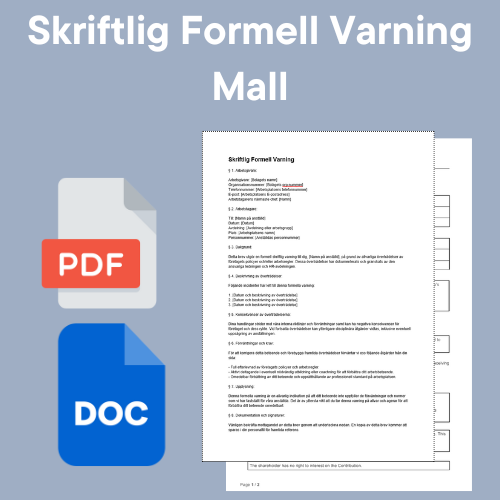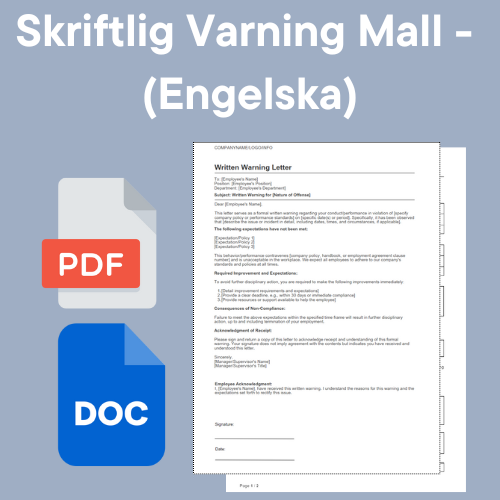Communication before the warning
Share
Avoid Misunderstandings: Confirmation of Calls
Table of Contents
- Initial Conversation
- Create Clarity
- Documentation of the Conversation
- Employee Confirmation
- Give support
- Continuous Follow-up
- Conclusion
Initial Conversation
Begin by having a constructive and open conversation with the employee about what has been observed. This conversation should be as specific as possible to avoid ambiguity and speculation. Discuss what expectations exist, what is perceived as inappropriate behavior, and what consequences this may lead to if improvements are not made.
Create Clarity
Make sure the employee understands the problem and what improvements are expected. It is also important to clearly communicate possible penalties if the behavior persists. This communication gives the employee a chance to correct their behavior before a formal written warning becomes relevant.
Documentation of the Conversation
After the conversation, the manager should document what was discussed. This note must be objective and correctly reflect the content of the conversation. A written "call confirmation" helps minimize misunderstandings and serves as an important reference for future follow-ups.
Employee Confirmation
Involve the employee in the documentation by having them sign or confirm the content. This is done to ensure that the employee is aware of the discussion and understands what is expected.
Give support
To give the employee the best possible chance to improve their behavior, offer support in the form of feedback, guidance or training. Make it clear that the manager is available for questions or concerns.
Continuous Follow-up
Follow up on the conversation by scheduling regular check-ins to monitor progress. This gives a clear signal that the manager takes the problem seriously but is also interested in helping the employee succeed.
Conclusion
Taking the time for thoughtful communication and a "confirmation call" can prevent many misunderstandings and foster a positive workplace culture where everyone feels heard. A clear communication process often leads to improvements before a formal warning needs to be issued.


